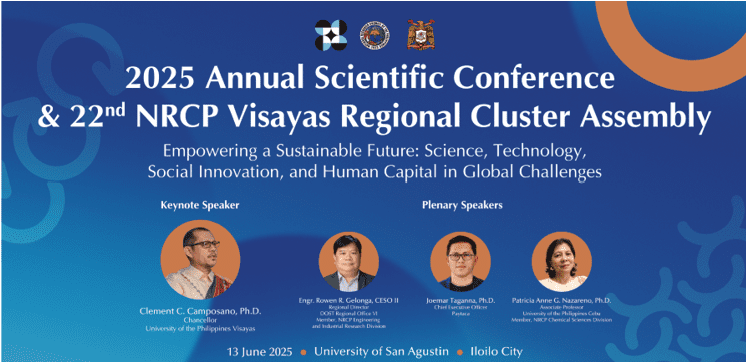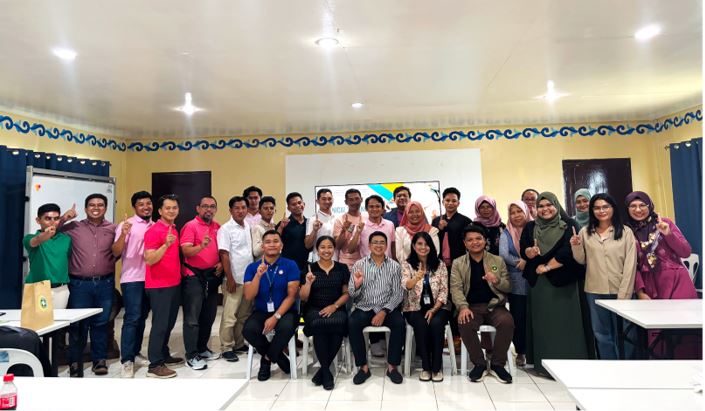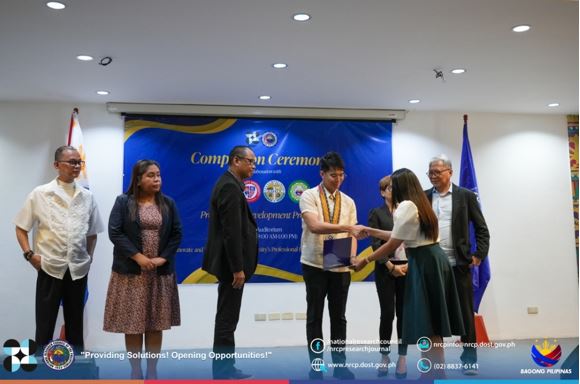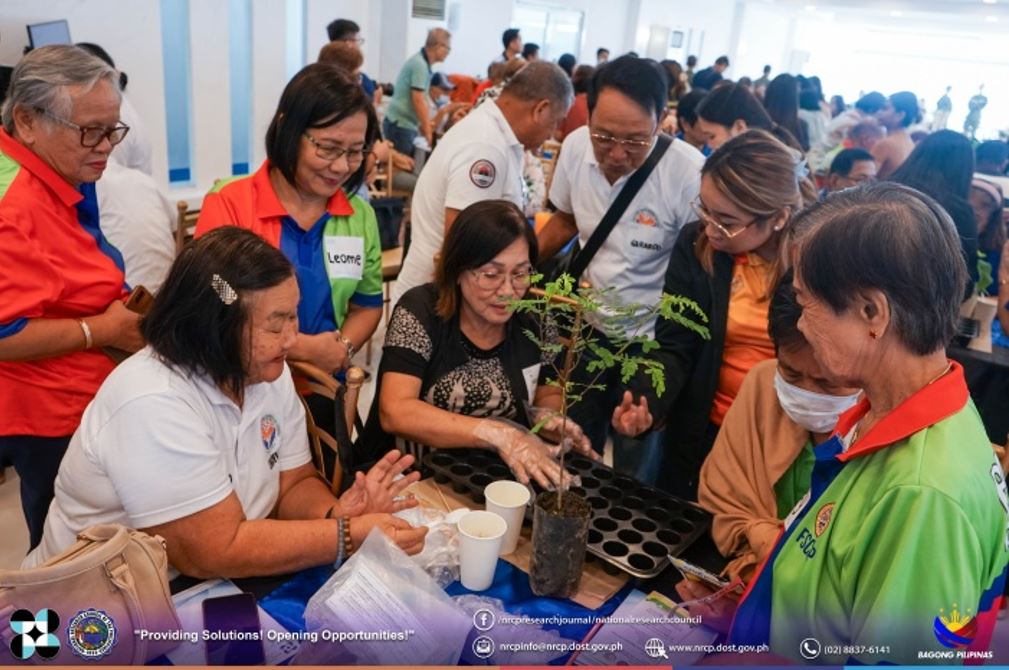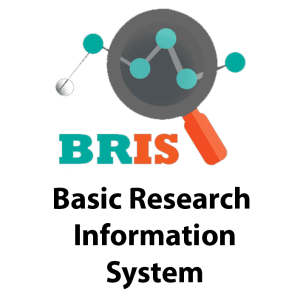Bacteria from bat fecal matter, a potential source of antibiotic
A mixture of bat fecal matter and excrements, also called bat guano, collected from the caves in Cabalyorisa Cave, Mabini, Pangasinan, Philippines, is found to harbor Streptomyces spp. which produces antibiotics.
This finding is based on a study, “Exploring Bat Guano from a Philippine Cave as Potential and Sustainable Source of Antibiotic-Producing Streptomyces Spp. Against Pathogenic Bacteria ,” by Dr. Marian P. De Leon, regular member of the National Research Council of the Philippines (NRCP).
There are two new species of streptomyces spp. identified from bat guano in Cabalyorisa Cave that were not yet seen from any other sources, thus, they are considered novel species. Many antibiotics nowadays are produced by streptomyces , and have practical applications in human and veterinary medicine.
Prior to sampling, a Wildlife Gratuitous Permit (WGP) has been granted by the Department of Environment and Natural Resources (DENR). Guano samples were collected from two large chambers of the Cabalyorisa Cave, with seven sites in each chamber. Bat species were also identified using live-trapping with mist nets, acoustic monitoring using bat detector and visual surveys.
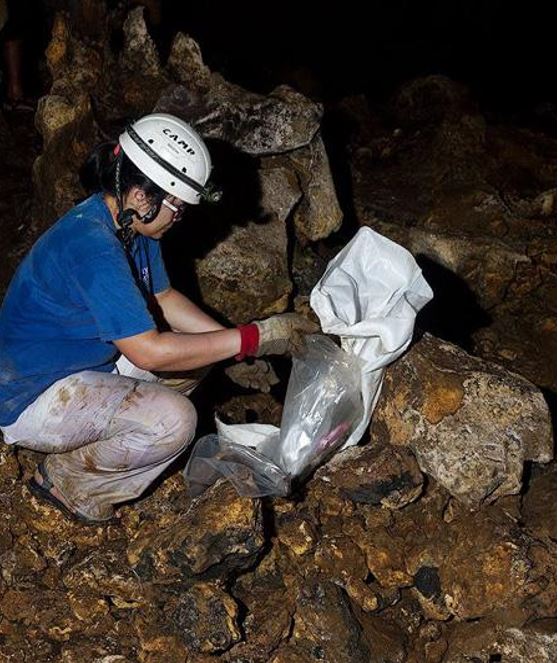
Photo Credit to Dr. Marian P. De Leon: Sample collection in Cabalyorisa Cave, Mabini, Pangasinan, Philippines
New sources of antimicrobials are essential in combatting emergence and re-emergence of diseases due to development of antimicrobial resistance where bacteria, viruses, fungi, and parasites no longer respond to antimicrobial medicines. When antimicrobial medicines become ineffective, infections become difficult or impossible to treat, and this increases the risk of disease spread, severe illness, disability and death.
The NRCP funded study is timely, given the World Health Organization 2023 report which says that the world faces an antibiotics pipeline and access crisis. There is an inadequate research and development pipeline in the face of rising levels of AMR, and urgent need for additional measures to ensure equitable access to new and existing vaccines, diagnostics and medicines.
“The emergence and re-emergence of infectious diseases require an available pool of potential antimicrobials in anticipation of public health emergencies brought by these biological agents. Based on findings, bat guano, cave walls and rock formations and even bat rinsing are potential sources of microorganisms that produce antibiotics”, De Leon added.
The research reports the near-complete genomes of streptomyces sp. strains AC1-42T and AC1-42W for genome-assisted discovery of novel bioactive secondary metabolites with potential antibacterial, antitumor, or antiviral properties.
Pursuing similar studies will provide sustainable and cheaper natural sources of antibiotic that can provide a new line of defense for drug-resistant and drug-susceptible bacteria. (Venus Abigail D. Gutierrez, S&T media service)






